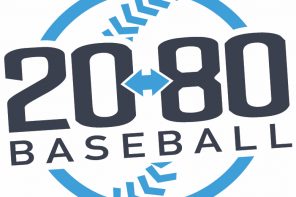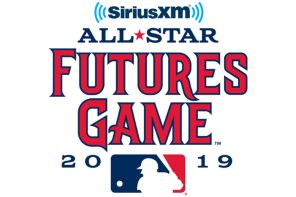Daniel Lynch
| Evaluator: | Adam McInturff |
| Report Date: | February 26th, 2018 |
| MLB Team: |

|
|
Lynch allowed three runs on six hits through seven innings in his second start of the season Friday, getting a no-decision in the Cavaliers’ home loss to Eastern Kentucky. Though he struck out four against just one walk, Lynch ran into a lot of barrels throughout the game and surrendered consistent hard contact. A lean and narrow 6’4’’, Lynch won’t overpower hitters and needs to hit spots to have success. He throws from a clean abbreviated windup, getting consistent extension over his front half with little overall effort in his mechanics. He repeats well, able to stay around the zone with a four-pitch mix. The fastball has fringy velocity, sitting right around 90 mph while ranging anywhere from 88-to-93 mph without a lot of lateral movement. He’ll mix a cutter in the mid-80s as well, though the pitch has light, sweeping action and doesn’t project to be more than a wrinkle pitch to keep hitters off his fastball. Lynch commanded both sides of the plate with his four-seam fastball and cutter, though the loud contact allowed shows the limited margin for error he has within the zone. He’s more comfortable with a changeup than a breaking ball, showing more confidence in a fading low-80s circle-change that can get righties out on their front foot. He only threw a few breaking balls on Friday, showing a slurvy, rolling pitch in the 79-to-82 mph range. Virginia’s Friday night starter to enter the year, Lynch projects to be a finesse lefty at the professional level. Scouts cite his thin frame as reason to wonder if his already fringy stuff backs up when he pitches on a more demanding schedule in the minor leagues. The best-case ceiling is that of a fifth starter who can soak up back-rotation innings, though he could fit a long or situational reliever if he ultimately lacks the stuff to face lineups more than once pitching out of the rotation. |



